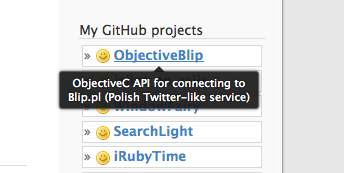2023: Year of social media coding
I had different plans for this year… then, Elon Musk happened.
Elon took over Twitter in October last year, which set many different processes in motion. A lot of people I liked and followed started leaving the platform. Mastodon and the broader Fediverse, which has been slowly growing for many years but never got anything close to being mainstream, suddenly blew up with activity. A lot of those people I was following ended up there.
Then, Twitter started getting progressively worse under the new management. Elon’s antics, the whole blue checks / verification clusterfuck, killing off third party apps and effectively shutting down the API, locking the site behind a login wall, finally renaming the app and changing the logo – each step made some of the users lose interest in the platform, making it gradually less interesting and harder to use.
Changes, so many changes… and things changing meant that I had to change my workflows, change some plans, build a whole bunch of new tools, change plans a few times again, and so on. My GitHub looks like this right now, which is way above the average of previous years:
